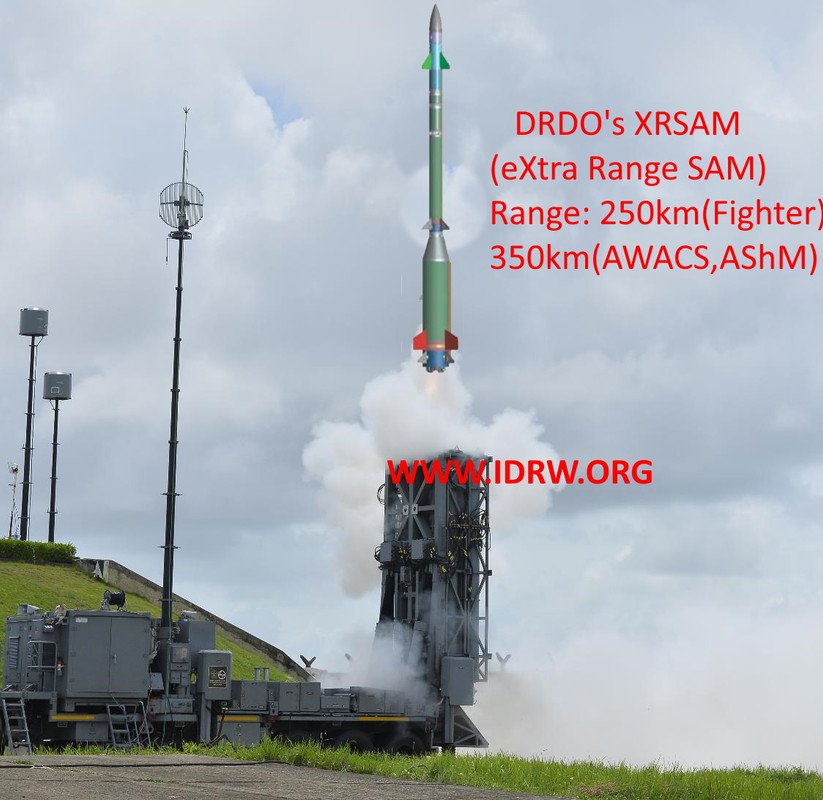SOURCE: RAUNAK KUNDE / NEWS BEAT / IDRW.ORG

India is on the cusp of a major breakthrough in its indigenous air defence capabilities with the upcoming test of the Long-Range Surface-to-Air Missile (LRSAM), the cornerstone of the ambitious Project Kusha. Envisioned as a homegrown equivalent to the Russian S-400 Triumf, the LRSAM is set to provide India with a robust, layered air defence shield.
Developed by the Defence Research and Development Organisation (DRDO), the LRSAM is a critical component of the Indian Air Force’s (IAF) modernization plans. The missile, which has already entered the fabrication stage, is designed to intercept hostile targets at ranges of up to 150 kilometers. To counter larger aerial threats, two additional variants with ranges of 250 and 350 kilometers are in development.
A key technological advancement in the LRSAM is the incorporation of the dual-pulse rocket motor, which was successfully tested in the Indo-Israeli MRSAM system. This technology will enhance the missile’s range and performance.
The Indian government has demonstrated its commitment to the project by approving five squadrons of the LRSAM system at a cost of Rs 21,700 crore. With the first interceptor missile poised for testing later this year or early next, India is inching closer to achieving self-reliance in long-range air defence.
NOTE : Article cannot be reproduced without written permission of idrw.org in any form even for YouTube Videos to avoid Copy right strikes. Websites doing illegal reproductions will get DMCA and Legal Notices.